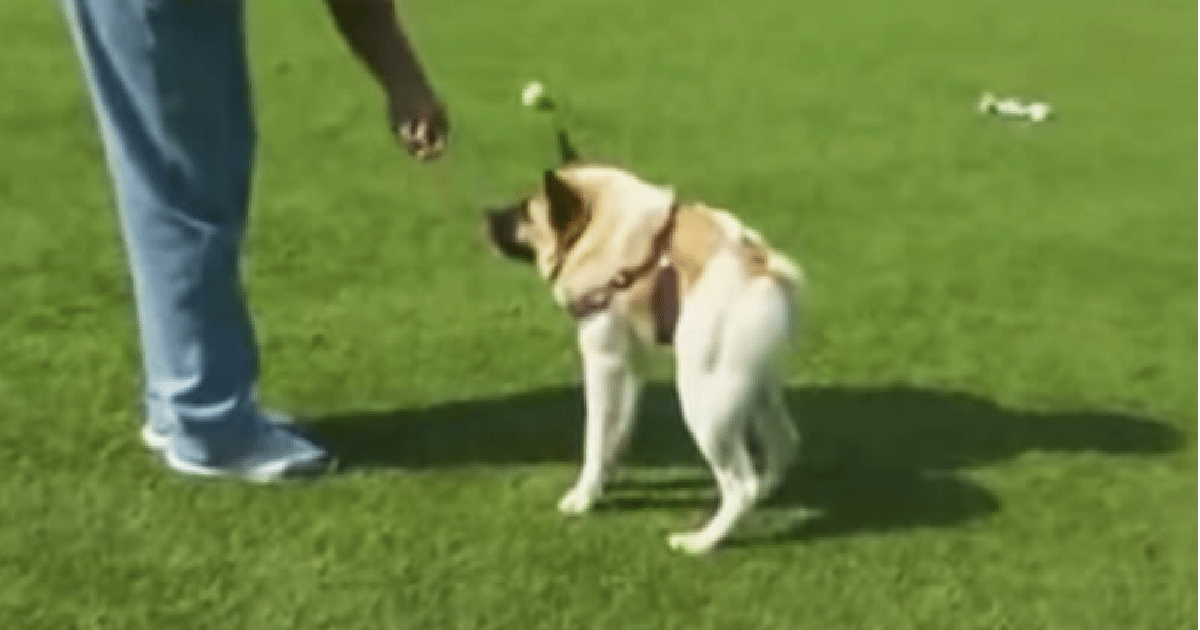
Electrocardiogram and ecodopplercardiogram were normal. Creatinekinase: 413.5 U/L (normal 70) aldolase: 3.6 U/L (normal 3.1) lactate dehydrogenase 334.3 U/L (normal 240) aspartate amino transferase: 19 U/L (normal 22) Alanine amino transferase: 20 U/L (normal 25). Investigation: Hemogram, hemosedimentation rate, sodium, potassium, creatinine, BUN and glycemia were in the normal ranges. He had a myopathic gait and partial Gower's maneuver. Tactile, pain, vibration and position sense were normal, as well as the coordination. The superficial cutaneous and deep tendon reflexes were absent, except for the Achilles reflex which was normal. There was a slight atrophy of lower limbs. Muscular strength was degree 4+ (MRCM) in the proximal muscles and degree 5 in distal muscles of the upper and lower limbs.

Neurological examination: Normal cognitive functions. Also he had a bilateral winged scapula and retraction of the Achilles tendon ( Fig 1). The paraspinal muscles had a retraction, mainly at neck and trunk level and he was not being able to turn his trunk. There was a lordosis (swayback) with thoracic and cervical column flexure limitations, but with preserved cervical extension. Physical examination: Blood pressure, pulse, cardiac frequency, respiratory frequency and temperature were normal. Gestation and familial history presented no particularities. He only climbs stairs with the help of a rail. As the disease developed, he had difficulties in standing up and getting out of a chair. WPRO, a six years-old male, has walked with great effort and presented frequent falls since toddling stage (1 year and 7 months) tending to tiptoe gait. With the purpose of contributing to the elucidation of this entity, we relate a case presenting rigid spine syndrome in which we have the opportunity of studing the dystrophin and merosin by immunofluorescence and the dystrophin gene through polymerase chain reaction (PCR). Even though other cases have been described, the diagnostic criteria have not yet been established 2-12. During the evolution of the disease, five years after its onset, was noted a progressive limitation of trunk and neck flexure and was redefined as "rigid spine syndrome". PALAVRAS-CHAVE: síndrome da espinha rígida, merosina, distrofina.įirst described in 1965 by Dubowitz, the rigid spine syndrome consists of proximal muscular member weakness as its main symptom at that time he denominated it "pseudodystrophy" 1. A imunofluorescência para distrofina foi positiva em todas as fibras, apresentando interrupções na membrana plasmática, semelhante a um rosário e o teste para merosina mostrou positividade. A análise do DNA por PCR não demonstrou alterações no gene da distrofina. A biópsia muscular indicou miopatia crônica e ativa. As enzimas musculares séricas estavam moderadamente elevadas e a eletromiografia revelou padrão miopático.

RESUMO - Relatamos o caso de um paciente com dificuldade de marcha desde o início da deambulação, com fraqueza proximal de membros, evoluindo com limitação progressiva da flexão do pescoço e tronco, compatível com a síndrome da espinha rígida. Síndrome da espinha rígida: relato de caso KEY WORDS: rigid spine syndrome, merosin, dystrophin. The dystrophin by immnofluorescence was present in all fibers, but some interruptions were found in the plasma membrane giving it the appearance of a rosary. The DNA analysis through PCR did not display any abnormality for dystrophin gene. The muscle biopsy demonstrated an active and chronic myopathy. The serum muscle enzymes were somewhat elevated and the electromyography showed a myopatic change. Division of Neurology and Neuromuscular Disorders, Internal Medicine Department, Hospital de Clínicas da Universidade Federal do Paraná and Genetika, Curitiba, Brazil:ĪBSTRACT - We describe a patient who had difficulty in walking since toddling stage and presented proximal upper and lower member weakness which have evolved to a progressive limitation of neck and trunk flexure, compatible with rigid spine syndrome.


 0 kommentar(er)
0 kommentar(er)
